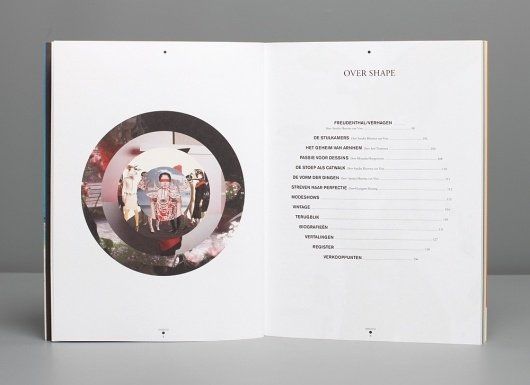
I found these glyphs as a part of the Davy’s font, and I was really drawn to the style of them when I saw it in an article. They definitely are described accurately as “quirky”, and they remind me of small tattoos you might find in a tattoo shop’s book of designs, which I find unique and interesting. The leaves on the top right row are very nice and simple, and I just love all of them together as a set with a cohesive look and feel.













